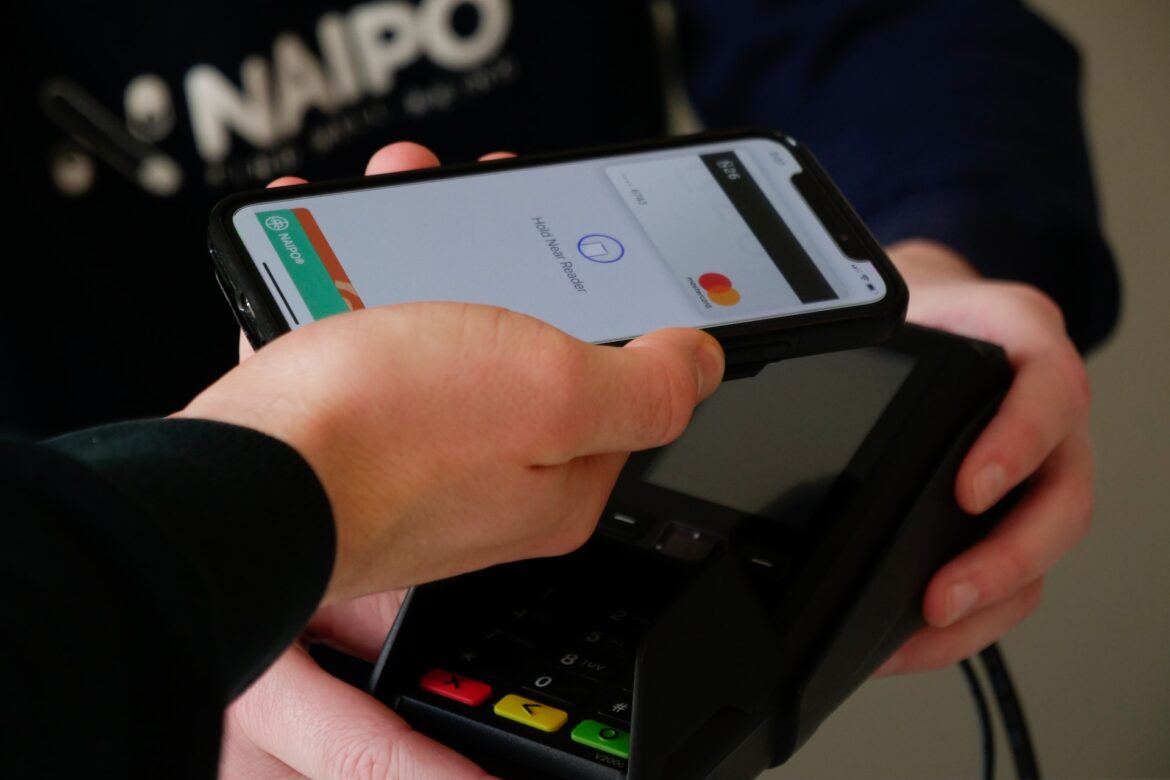This article aims to shed light on the pivotal role of PSD agents in the financial sector. I will delve into their crucial involvement in facilitating financial transactions, ensuring their security, and contributing to the overall efficiency of financial operations. The article will also highlight their significant role in maintaining financial compliance and regulation, a critical aspect in today’s heavily regulated financial environment. Whether you’re a finance professional, a student, or simply interested in understanding the financial world better, this article will provide valuable insights.
Banking
In an increasingly complex and rapidly evolving financial landscape, compliance has become a critical concern for Payment Services Directive (PSD) and Electronic Money Directive (EMD) agents. As an expert in this field, I understand the intricacies and challenges that these agents face in navigating the regulatory landscape. This article aims to provide a comprehensive guide to understanding the significance of compliance, the key governing bodies, and the essential requirements that PSD and EMD agents must adhere to.
In this article I will explore the Electronic Money Directive (EMD) which emerged as a pivotal regulatory framework, guiding the operations of electronic money transactions across the globe. At the heart of this directive, EMD agents play a crucial role, ensuring compliance, enhancing security, and fostering trust in the digital payment landscape. This article delves into the multifaceted benefits of EMD agents, offering a comprehensive understanding of their role and impact on the digital payment ecosystem. As I delve into these aspects, I aim to provide a holistic view of the EMD landscape, making it accessible and understandable for all.
In this post I will explore the world of Payment Services Directives (PSD), where PSD agents are the unsung heroes, diligently working behind the scenes to ensure smooth transactions. If you’ve ever wondered who these mysterious figures are and what role they play in the grand scheme of payment services, you’ve come to the right place.
In this article, I wanted to give you a sense of the landscape of digital payments, blockchain technology, and financial services that are being driven by fintech startups in North America in the year 2023. I will explore how big data analytics is driving innovation in the fintech space in North America. In addition, I will examine the regulatory challenges and opportunities facing fintech companies in North America and how they are navigating complex frameworks. Finally, I will look to the future by analyzing fintech investment and venture capital funding trends in North America.
What makes neobanking so beneficial? How convenient, accessible and personalized are neobanks? What security measures are implemented by neobanks to ensure that financial transactions remain safe and secure? I will make a comparative analysis between neobanks and traditional banks.
Neobanks have emerged as digital disruptors, promising a seamless and innovative banking experience in the ever-evolving world of banking. However, not all neobanks succeed in this competitive landscape. In this comprehensive article, I will examine the key reasons for their failure.
This is a contemporary Guide to the PCI Data Security Standard (PCI DSS) provided by the PCI Security Standards Council (PCI SSC) to inform and educate merchants and other entities involved in payment card processing. The intent of this document is to provide supplemental information, which does not replace or supersede PCI Standards or their supporting documents.







